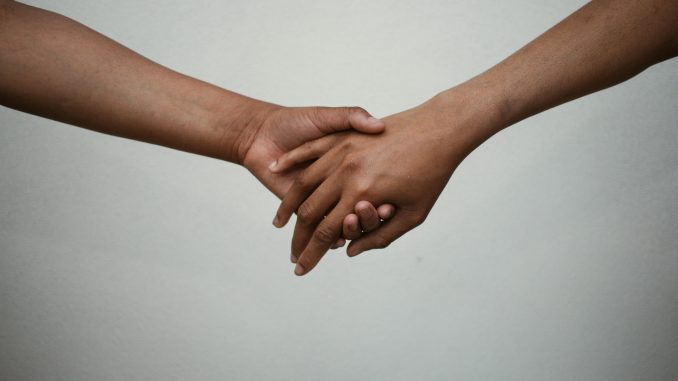
On March 11, 2020, the World Health Organization declared COVID-19 a pandemic. The announcement ushered in a sea of shutdowns, travel bans, and social distancing regulations that altered all facets of human interaction across the globe. While the primary focus of pandemic regulations was to decrease the spread of COVID, the stark shift in social dynamics increased anxiety, depression, and loneliness.
The world experienced a collective trauma and the recovery process is ongoing. Even though businesses have re-opened their doors and in-person gatherings have resumed, there is still a void when it comes to interpersonal connection and engagement.
In 2023, the United States Surgeon General, Dr. Vivek Murthy, released a new Surgeon General Advisory titled “Our Epidemic of Loneliness and Isolation,” which describes social disconnection as a public health crisis. In addition to anxiety and depression, suicide and self harm were discussed as an effect of isolation and loneliness.
Due to social distancing and shelter-in-place regulations, many people were left to cope with their emotional de-stress alone. One important factor that heightened mental health challenges during that time was the deprivation of physical touch from others.
Physical Touch and Human Connection
Physical touch and social interaction are essential to the development and health of humans. A lack of touch can impact brain development and social emotional health during the early stages of childhood.
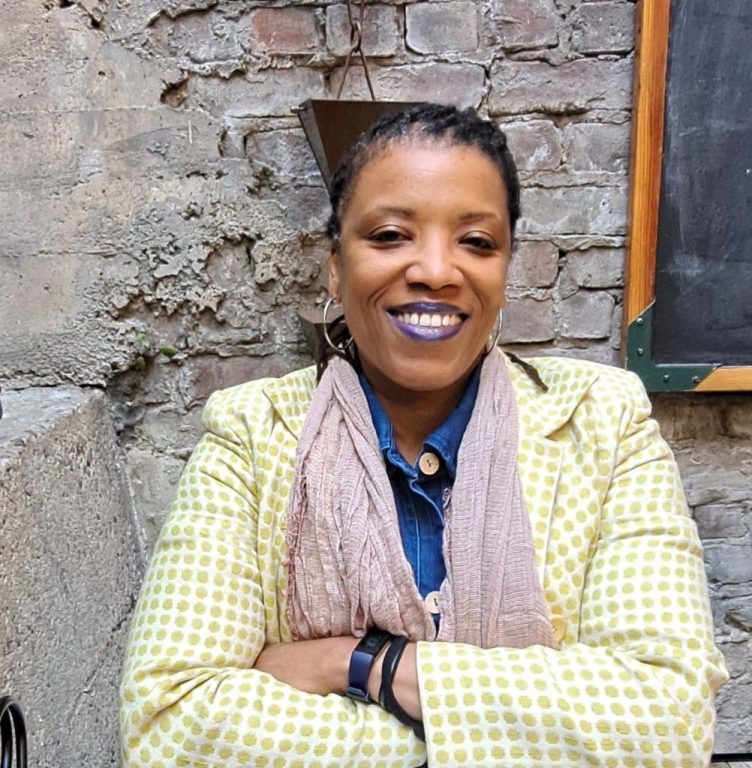
Cherie Harper, Intuitive Massage Therapist and owner of Southern Comfort Massage Therapy, spoke with Oakland Voices about the importance of touch. “If you think about a baby, you would never leave them untouched because touch provides comfort. It helps remove pain,” she said. “Touch plays such a major part in connection with other humans. None of us are here alone.”
Previous research found that even if a baby is fed with formula and changed regularly, they can die from a lack of comforting touch due to a condition called marasmus, or “wasting away.”
Touch is a form of communication. Handshakes and hugs, for example, were a form of communication that was abruptly eliminated from social interactions at the start of the pandemic. Terms such as “skin hunger” and “touch starvation” were used to describe one’s need for physical connection. The extended amount of touch deprivation was found to weaken the immune system, while increasing anxiety, stress, and insomnia.
Complementary and Alternative Medicine
“When people say they don’t like to be touched, I always share with them that you haven’t been touched by me. Real talk,” Harper said. She started her practice as a massage therapist 18 years ago and works with clients from across the country. “I ask them, ‘let me touch your hand.’ When you have a connection with someone and it’s a professional touch, it can provide a lot of healing and comfort for your healing journey. It can take away a lot of pain and pressure, and allow you to empty your cup to be able to go back [out] into life.”
Complimentary and Alternative Medicine (CAM) are health practices used in addition to or in place of mainstream western medicine. Acupuncture, based on Traditional Chinese Medicine, and massage therapy, are common practices that have been used to treat physical, mental, emotional health issues.
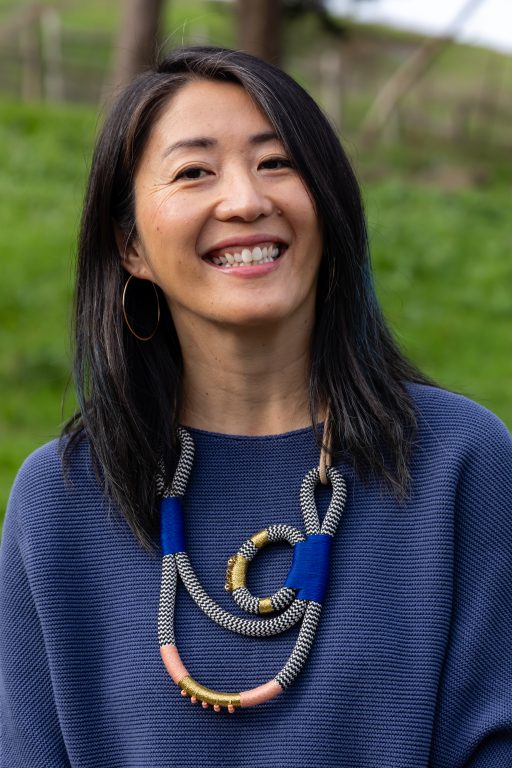
Xiaojing Wang is the founder of Bitter Melon Acupuncture, and explains how methods such as acupuncture – using tiny needles to stimulate the body’s central nervous system – can help with healing. “Acupuncture, in conjunction with herbal medicine and moxibustion, [can] stimulate channels of qi in our body, and helps us heal internally,” she shared.
Wang explained how acupuncture has been effective in treating chronic pain, insomnia, depression, anxiety, PTSD, and many other health issues. Since the start of the pandemic, Wang and Harper said they noticed more people seeking help with these challenges.
“I see a big increase in anxiety and insomnia with patients since the pandemic, but it can be hard to tease out the exact causes,” Wang notes. “Could it have coincided with a spike in social media and cell phone use that would have happened regardless?”
Digital Environments
As of 2024, there are approximately 331.1 million internet users and 239 million social media users in the U.S. On average, Americans spend six hours a day using digital media, with one in three adults reporting that they are online “almost constantly.” For teens, a recent Gallup survey showed that more than half of youth spend over four hours a day on social media.
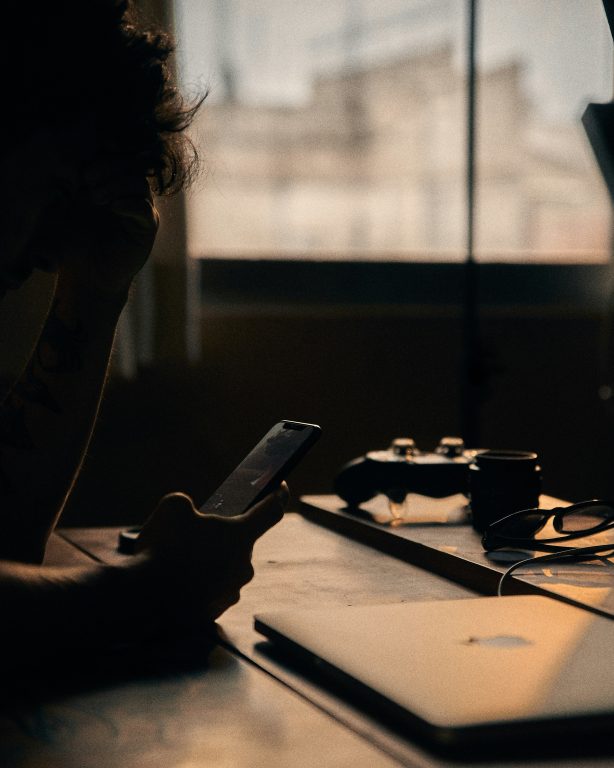
Digital environments have transformed the way we communicate and engage with one another. Remote work, for example, has been idealized for offering more flexibility and freedom to employees. However, some have found it challenging to achieve a work/life balance and establish genuine connections with others.
Ana Quiñonez is an Oakland resident with 15 years of experience in the tech industry. As a Talent Acquisition Consultant and Mental Health Advocate, she promotes health and wellness in the workplace.
Quiñonez spoke with Oakland Voices and reflected on how the pandemic impacted work culture and social engagement. “I think it’s caused people to become more distant and disconnected from other humans and we’ve lost touch with how to communicate and show up,” Quiñonez said “So many people had to self-isolate and figure it out on their own.”
A 2023 Gallup State of the Workforce Report found that 60% of employees around the world were “quiet quitting.” While employees were physically present or logged in virtually for work, they were mentally disengaged and felt disconnected from their coworkers. Additionally, employee stress levels were reported to be at a record high of 44%, and have been increasing for the past decade.
Social media can also have adverse effects on mental health. For youth in particular, those who use social media more than three hours a day are twice as likely to experience mental health challenges such as anxiety and depression.
There are numerous benefits to the advancement of technology and digital spaces; however, overconsumption and misuse of these resources, including online harassment and cyber bullying, can counter the positive impacts on social connection. The 2023 Surgeon General Advisory calls for tech and media companies to design content that fosters healthy relationships, and prioritizes social health and safety.
Prioritizing Health and Relationships
Loneliness and social disconnection were concerns prior to 2020, and the pandemic amplified these issues. Mainstream discussions about mental health and wellness are destigmatizing practices that were once taboo, such as therapy and alternative medicine.
During the first year of the pandemic, some school districts in California began implementing mindfulness practices to address mental health challenges in schools. While there is minimal research on the impact of these practices, some school staff and parents spoke to the benefits and the need for more school counselors on campus.
Some employers are also shifting to prioritize health and relationships. A 2022 Employer-Sponsored Health & Well-Being Survey from Fidelity Investments reported that 73% of employers were focusing on mental health. Some core focus areas included work/life balance, social connectedness to colleagues, and therapy-based program offerings. Quiñonez recently led a presentation at the Tech Intersections Conference at Northeastern University in Oakland speaking to the need and benefits of incorporating these focus areas in the workplace as well.
One can counter social disconnection outside of work by joining a community group or volunteering. In addition, sources suggest reducing the amount of time spent on social media. If in-person engagements are inaccessible, joining virtual communities and support groups can be beneficial.
Most importantly, prioritize your health, Harper said. She urges people to “Keep you on your to-do list.”
Kristal Raheem (also known as Raheem Divine) is an ethnographic researcher, educator, and consultant from Oakland. She has earned a B.A. in Sociology and a master’s in Education Policy, Organization and Leadership. Her work calls attention to health and educational disparities among Black, Queer, and other systematically oppressed communities around the world. Through literary and visual storytelling, she aims to help people remember and remain on their path of healing and liberation.

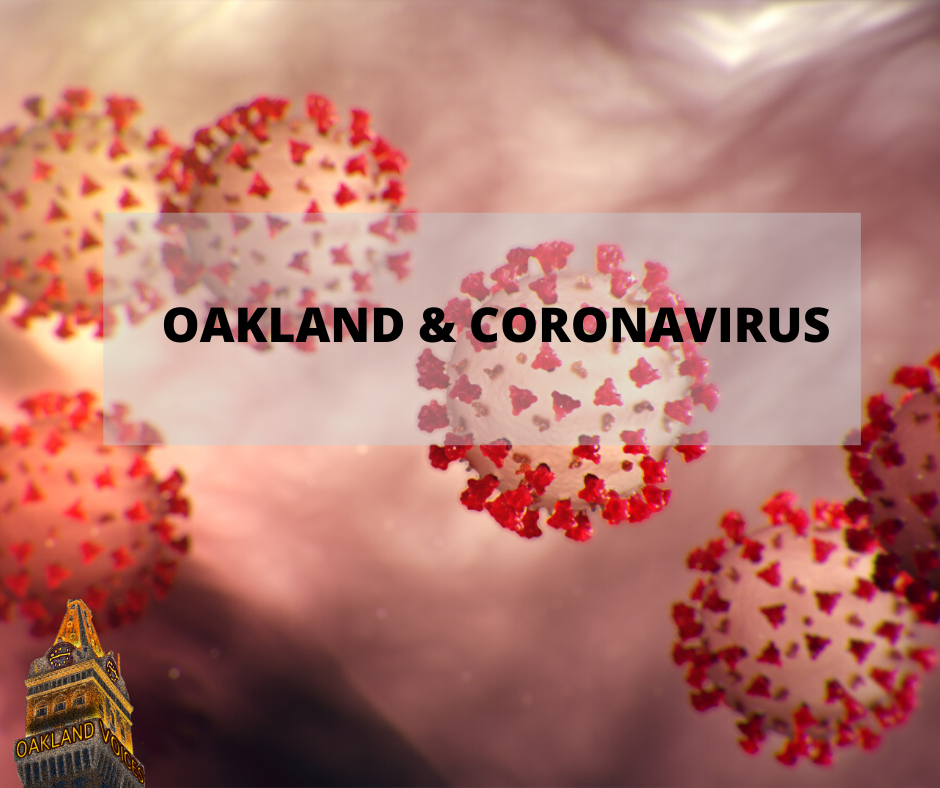
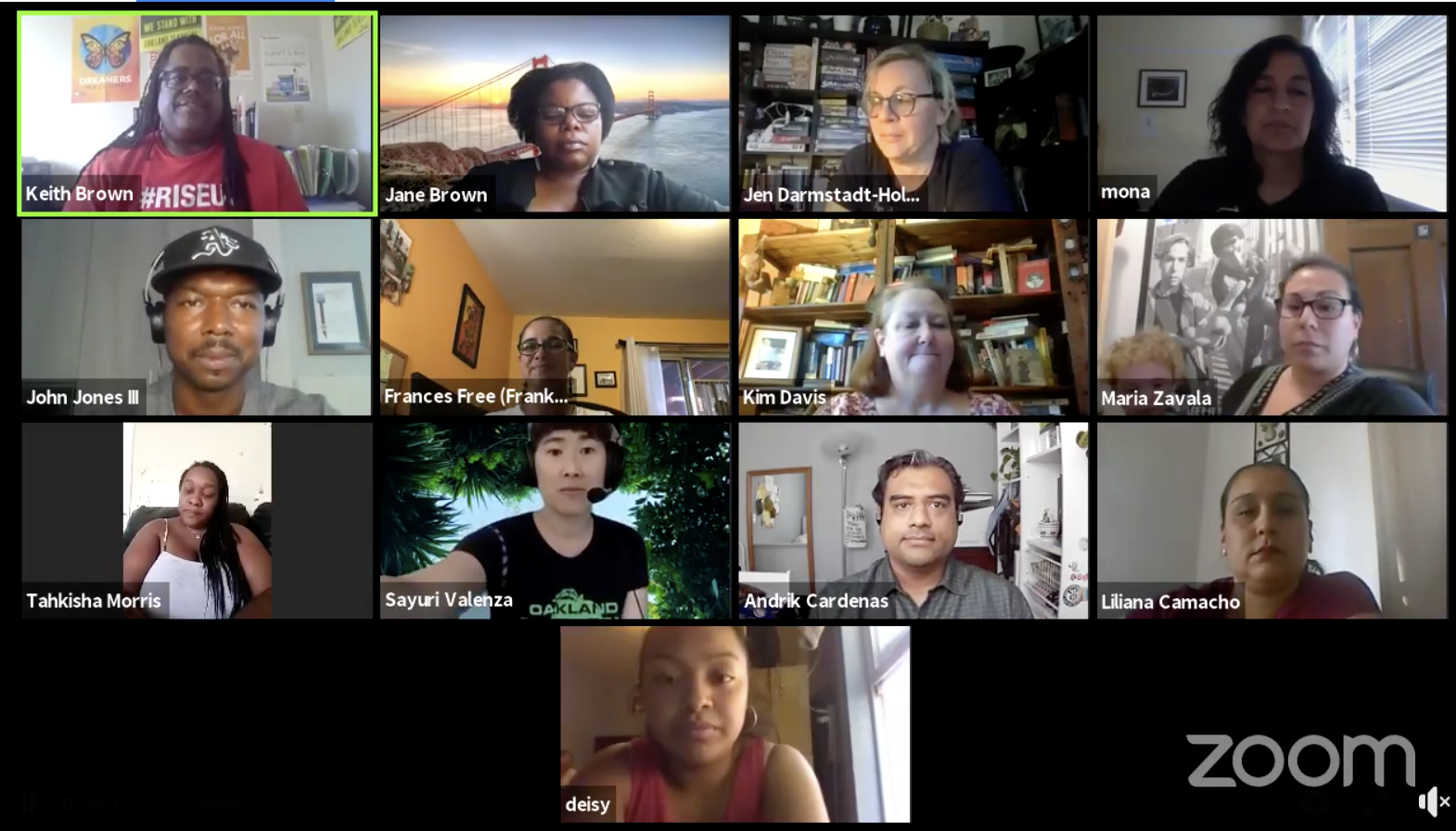

Be the first to comment